In the Winter 2021 Economic Forecast, European Commission downgraded 2021 growth projection of EU to 3.7% (from Autumn’s 4.1%) and Eurozone to 3.8% (from 4.2%. But it upgraded 2022 growth projection of EU to 3.9% (from 3.0%) and Eurozone to 3.8% (from 3.0%).
Eurozone and EU economies are now expected to reach pre-crisis levels “earlier than anticipated” in Autumn, “largely because of the stronger than expected growth momentum projected in the second half of 2021 and in 2022.”. Growth is “set to resume in the spring and gather momentum in the summer as vaccination programmes progress and containment measures gradually ease.” Inflation, however, is set to remain subdued.
Valdis Dombrovskis, Executive Vice-President for an Economy that Works for People said: “Today’s forecast provides real hope at a time of great uncertainty for us all. The solid expected pick-up of growth in the second half of this year shows very clearly that we are turning the corner in overcoming this crisis.”
Paolo Gentiloni, Commissioner for Economy said: “Europeans are living through challenging times. We remain in the painful grip of the pandemic, its social and economic consequences all too evident. Yet there is, at last, light at the end of the tunnel. As increasing numbers are vaccinated over the coming months, an easing of containment measures should allow for a strengthening rebound over the spring and summer.”
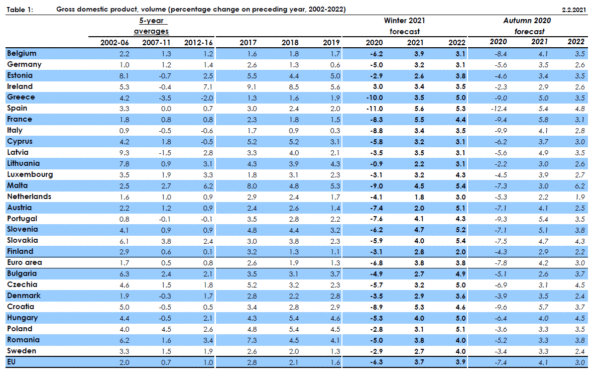
Full release here.




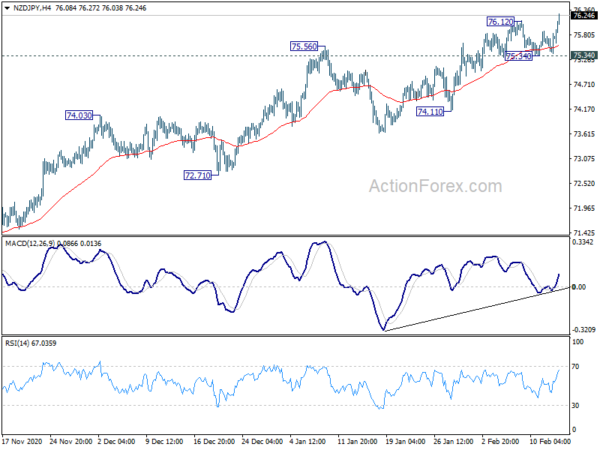
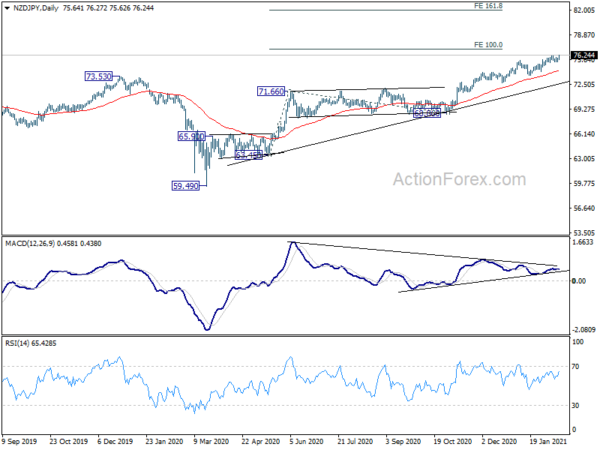
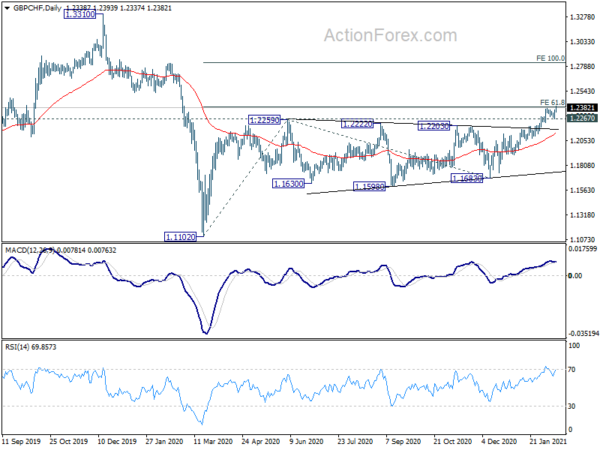
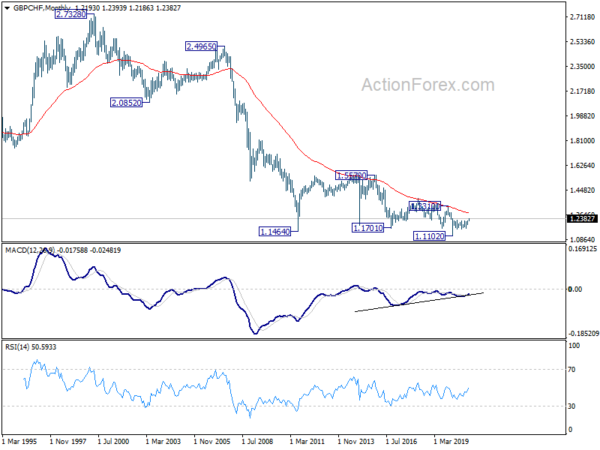
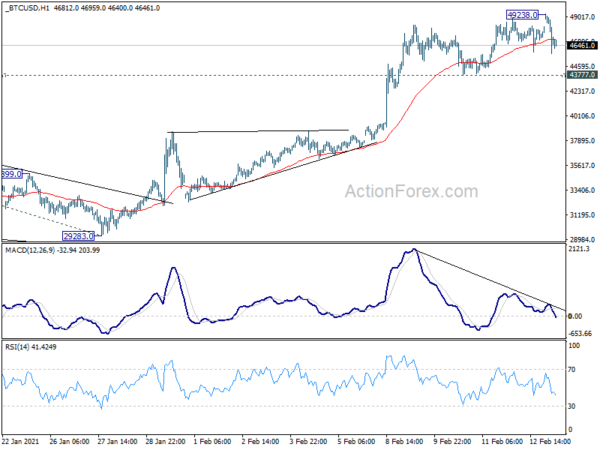
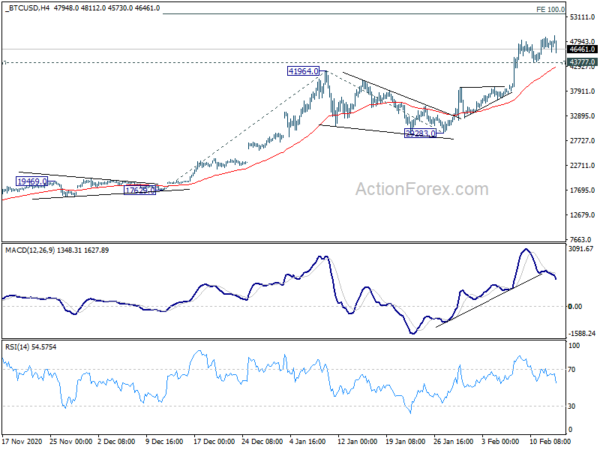
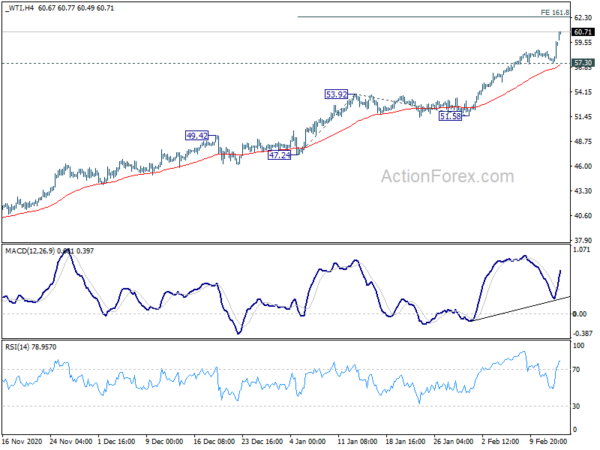
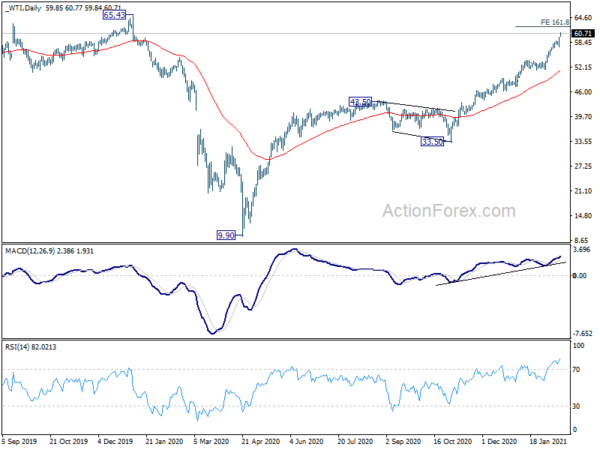
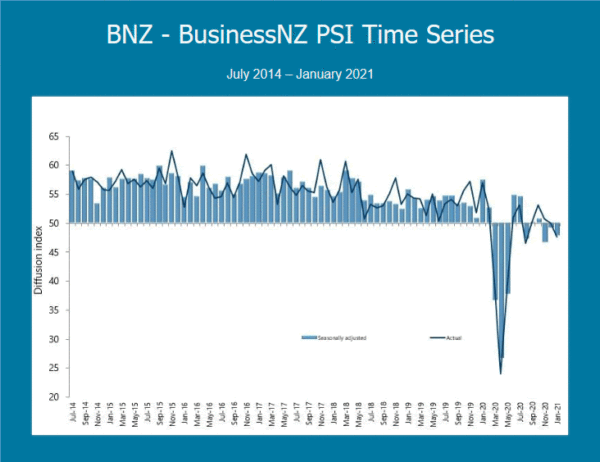
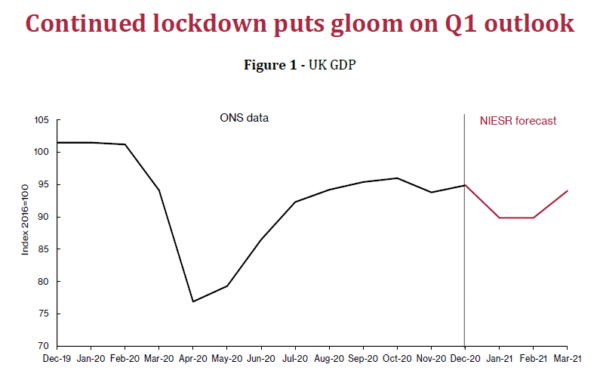
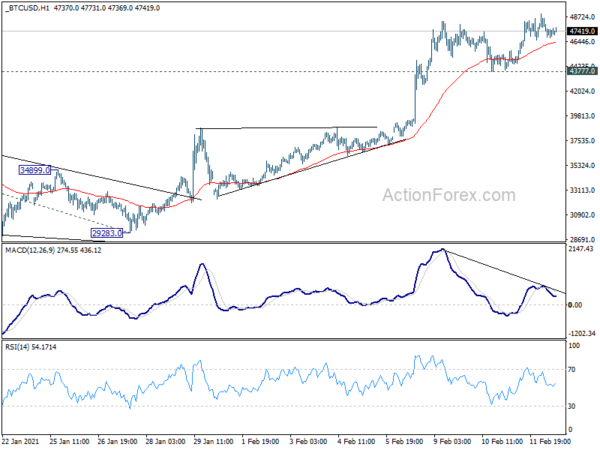
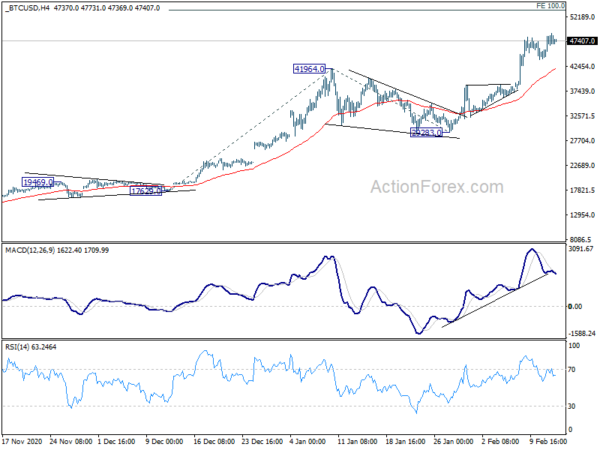
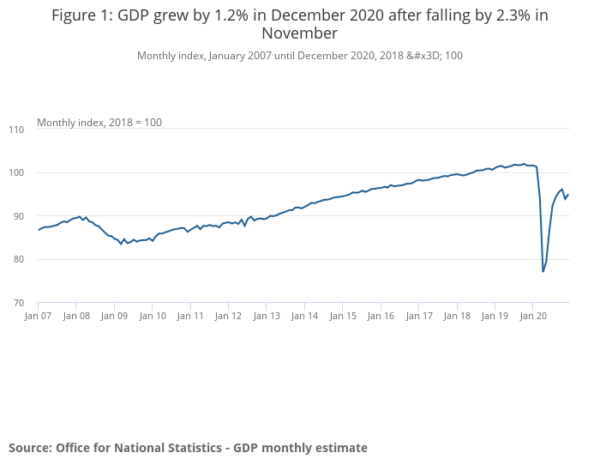
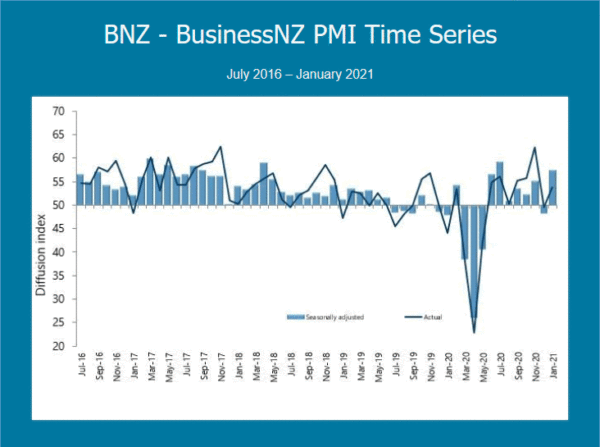
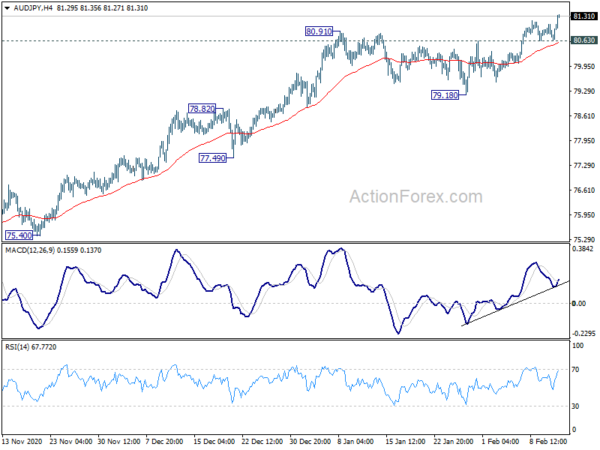
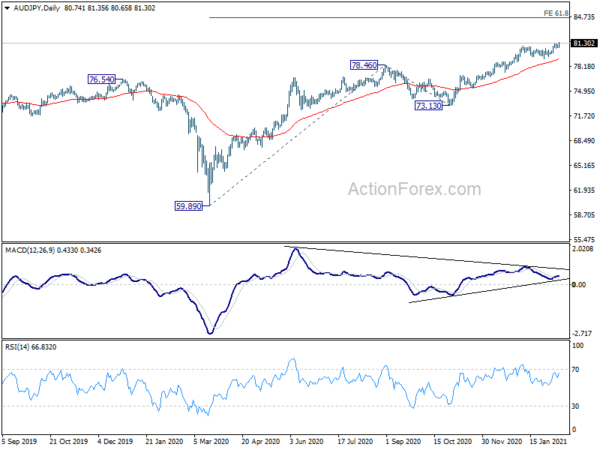
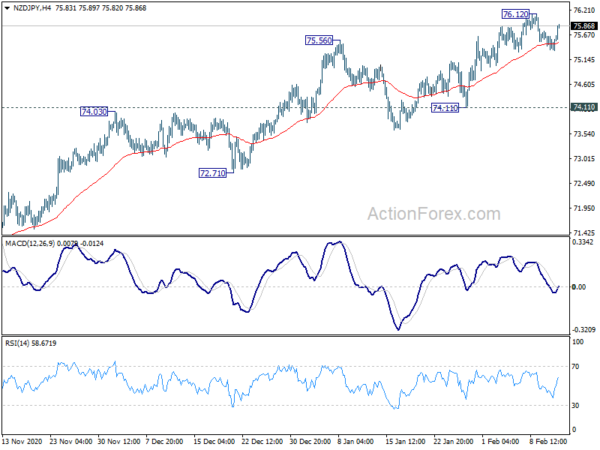
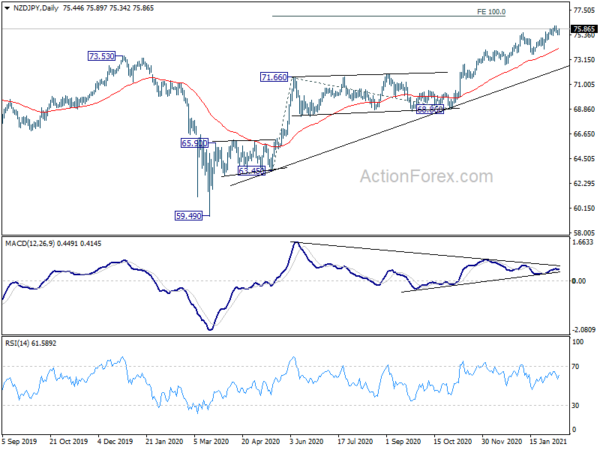
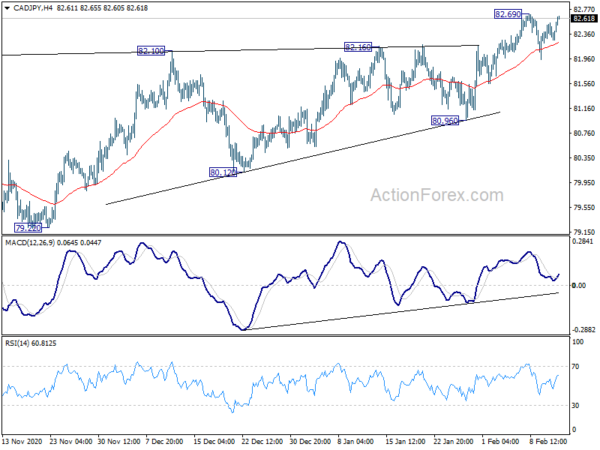
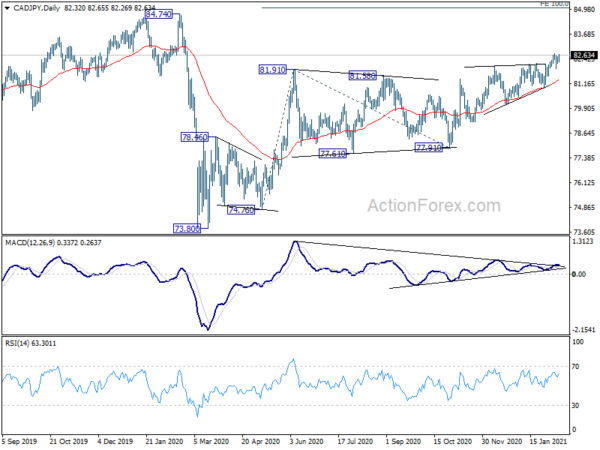
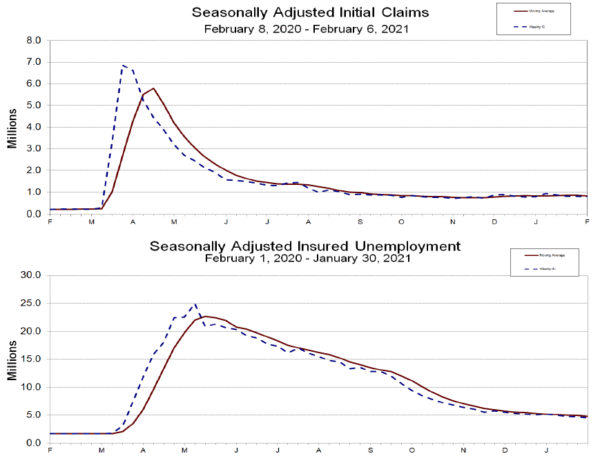

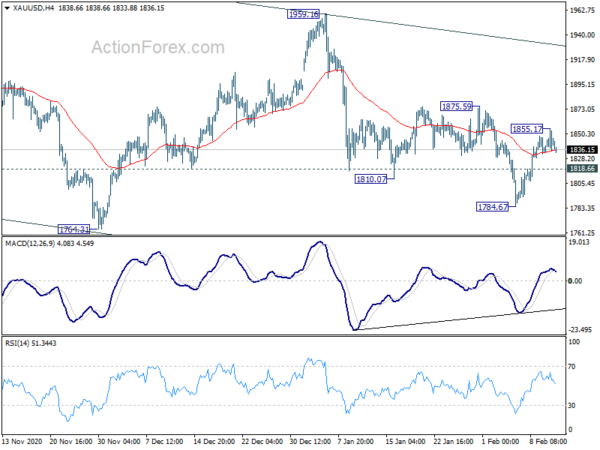
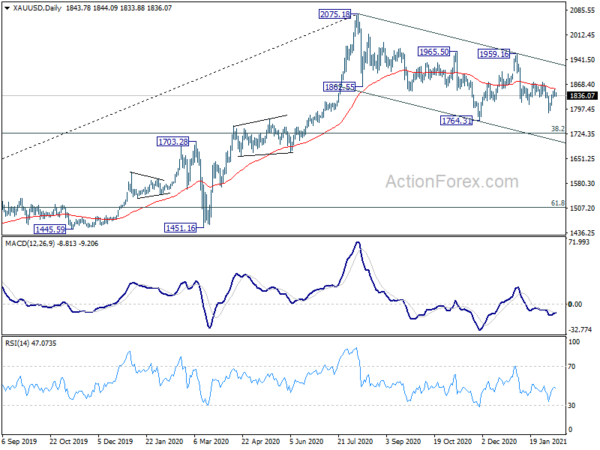

Eurozone industrial production dropped -1.6% mom in Dec, EU down -1.2% mom
Eurozone industrial production dropped -1.6% mom in December, worse than expectation of -0.6% mom. Production of capital goods fell by -3.1% mom and non-durable consumer goods by -0.6% mom, while production of durable consumer goods rose by 0.8% mom, intermediate goods by 1.0% mom and energy by 1.4% mom.
EU industrial production dropped -1.2% mom. Among Member States, for which data are available, the largest decreases were registered in Hungary (-2.5% mom), Belgium (-1.9% mom) and Finland (-0.9% mom). The highest increases were observed in Denmark (+2.4% mom), Portugal (+1.8% mom), Estonia and Luxembourg (both +1.6% mom).
Full release here.